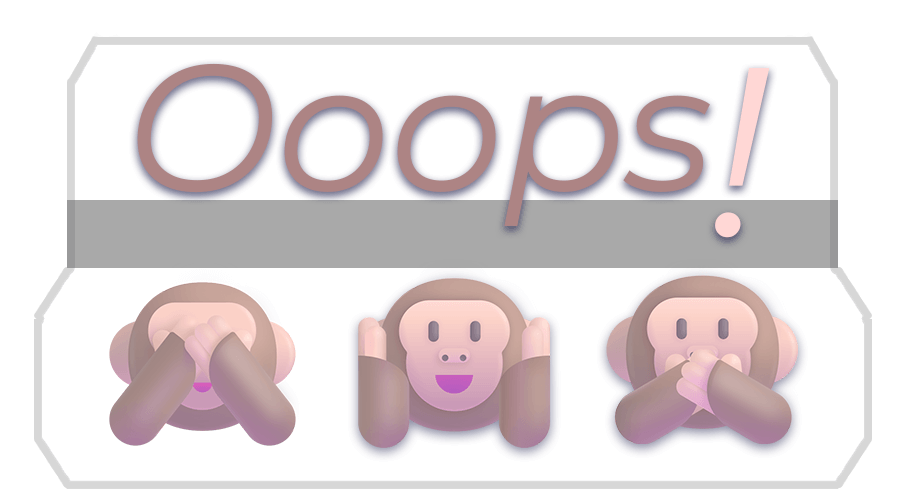LA/RC 121 | 1G : Photosynthesis: this is how plants breath and save the planet

Just like humans, plants need sunlight and water to live. Plants can convert light energy into chemical energy and use water to transport their nutrients through their ‘bodies’. This process is called photosynthesis.
The name photosynthesis comes from the Greek φῶς, phōs, ‘light’, and σύνθεσις, synthesis, ‘putting together’.
During photosynthesis, chemical energy is stored in carbohydrate molecules, which are synthesized from carbon dioxide and water. Oxygen is released as a byproduct of these chemical reactions.
Oxygen is a colorless and odorless diatomic gas with the formula O2 and it constitutes 20.8% of the Earth’s atmosphere. It is essential for life on Earth.
Photosynthesis is largely responsible for producing and maintaining oxygen content on Earth’s atmosphere.
If you place a bucket over a patch of green grass for a few days, you will see that the grass will not be as green anymore. If you leave the bucket in place for a week, the grass will become very dull.
Most flora components, such as grass, can’t live in the dark. So, If you remove the bucket, in a few days, the grass will start turning green again.
This happens because plants take nutrients from the ground and need light to turn them into food. Besides that, they need oxygen.





























